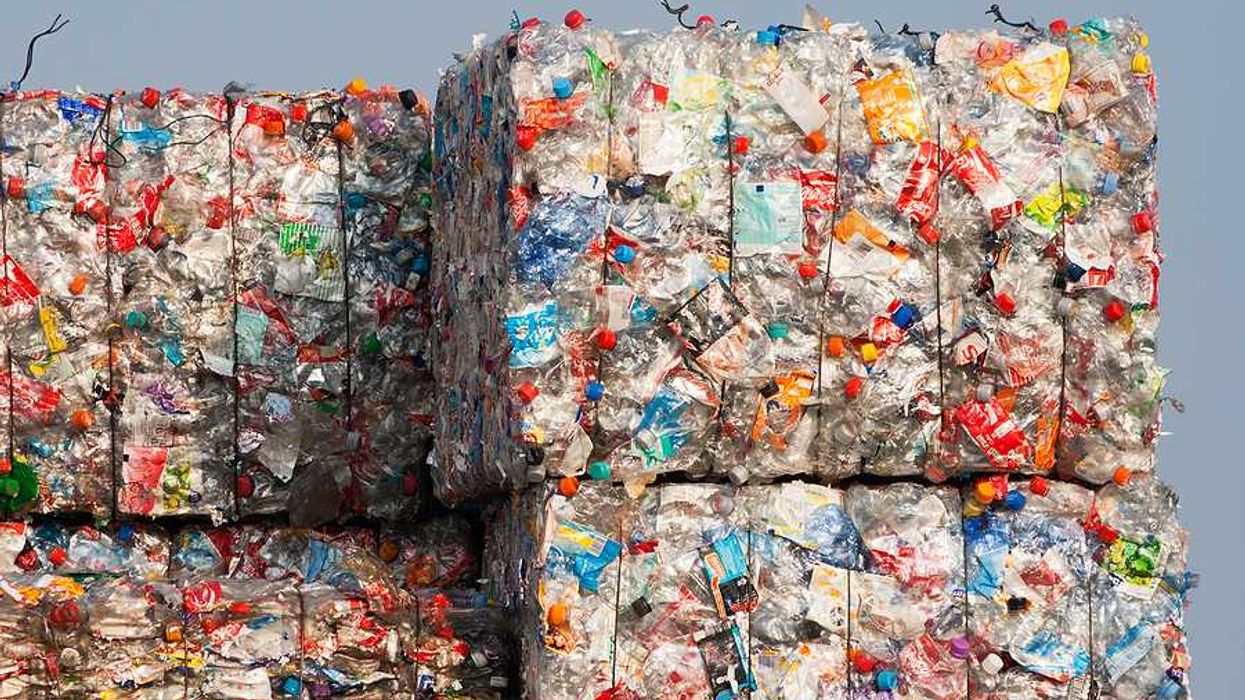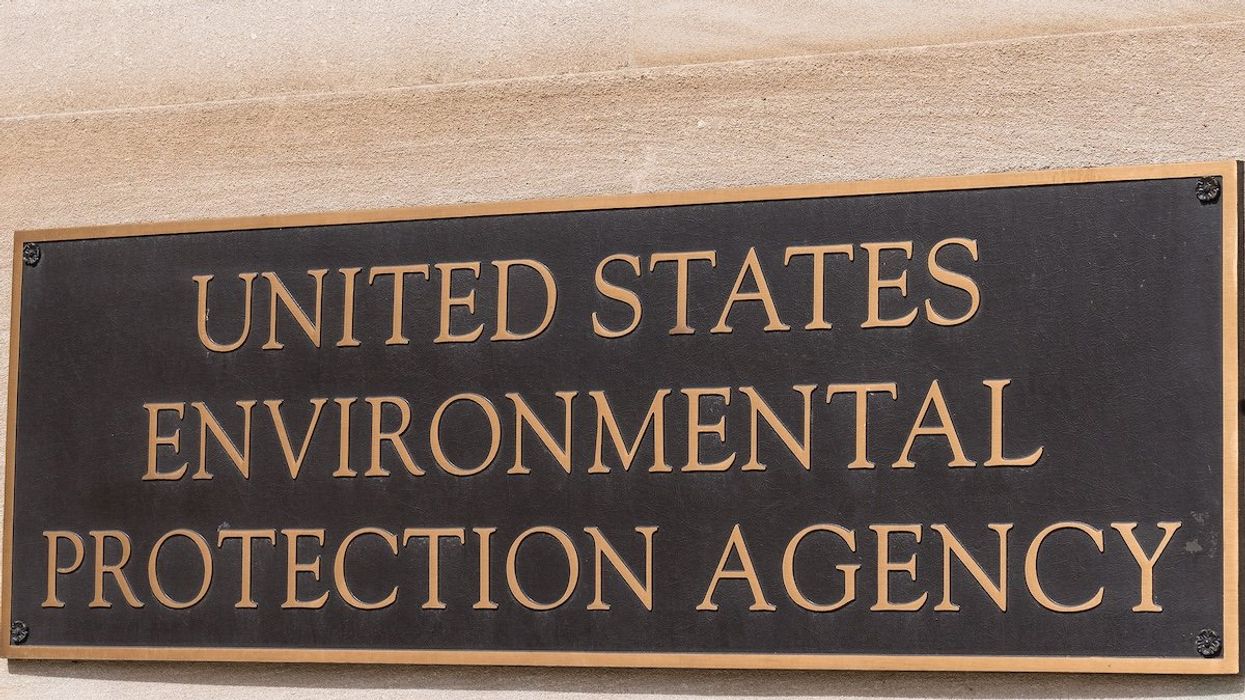LIME SPRINGS, Iowa—As large hog barns spring up around his house, Jerry George sums up the major reason he and his wife, Sue, are in opposition: "It's water. My number one concern is water."
They have good reason to worry. In a biannual state water quality report released this spring, environmental regulators reported 750 Iowa waterways are "impaired"—mostly due to excessive pollution—out of the 1,378 tested.
Large hog farms are undoubtedly a major contributor—Iowa has more than 6,300 hog farms and about 60 percent of them raise more than 1,000 hogs, which leaves farmers with massive amounts of manure to deal with. More than 10 billion gallons of liquid manure are applied to Iowa fields annually. State records show 800 manure spills between 1996 and 2012. The manure is high in fecal coliform, nitrogen and phosphates.
The situation is about the same in the country's second largest hog producing state, North Carolina, which also deals with an estimated 10 billion gallons of hog feces and urine waste each year, according to an analysis of state data by the non-profit organization, Environmental Working Group. The waste, like the hog farms themselves, is concentrated: North Carolina boasts the two highest hog producing counties in the nation, Duplin and Sampson counties. Together they account for 40 percent of the state's wet waste.
Across the U.S. nitrogen pollution from livestock manure has increased 46 percent over the past 80 years, according to a 2015 study.
And this is why Jerry and Sue are worried. They sit on a well that supplies all their drinking and cooking water and the land they live on is porous, which means manure spread nearby can easily seep into groundwater.
Related: Pork, political sway and provoked communities
A number of pollutants impair Iowa waters but nitrate, which can also get into water from leaky septic tanks, wastewater treatment systems, and certain fertilizers, plagues the state. The pollution, which has been linked to certain cancers, some birth defects and other diseases, exceeded federal limits in 11 of the state's public water supplies in 2015, according to a state report.
About 300,000 people in the state are on private wells and a University of Iowa study of 475 wells across the state found that 49 percent tested for nitrates, with 12 percent of those above federal safety limits. An additional 43 percent tested for coliform bacteria, which comes from animal or human waste and can make people sick.
"These barns almost always go to rural areas, places where everyone's on groundwater," says Kendra Kimbirauskas, farmer and CEO of the Socially Responsible Agricultural Project.
Last year federal researchers tested the South Fork Iowa River basin before and after hog manure was spread on a field nearby, a typical disposal method. The researchers found multiple harmful bacteria and pathogen genes in the water after the application, including a surprising amount of hepatitis E.
The finding "suggests a potential role for swine in the spreading of zoonotic pathogens to the surrounding environment," the researchers wrote.
Ken Hessenius, environmental program supervisor with the Iowa DNR, says, while one spill is too many, the agency has seen their spill reporting improve, which could explain the large number. "Many spills wouldn't have been reported 20 years ago," he says. "And just because there was a spill recorded, that doesn't always mean it's reached a waterway."
But many have: Over the past decade 4,464,257 fish have been killed by animal waste, according to the Iowa DNR Fish Kill database.
Hessenius says anyone who applies manure has to be certified by the state. "And there are hundreds of thousands out there, so the spill rate is actually pretty small."
Pollution is one water problem—there's also use. Livestock accounts for roughly 3.5 percent of water use in Iowa. But in confinement farm heavy counties, that can be much higher. Sioux County Rural Water, for example, sends 95 percent of its water to livestock.
There are thousands of miles of field tile—a system used to drain soil from below the surface when it's too wet—installed in Iowa. Instead of getting filtered through and recharging aquifers, the water is transported right to the creeks, and a lot of it is carrying hog manure.
"The DNR does not regulate field tile, it's a fairly unregulated process in Iowa," Hessenius says. There is no federal regulation either.
This issue received national attention when Des Moines Water Works filed a lawsuit against 10 northern Iowa drain districts three years ago. The city utility said the tiles were upsetting natural water filtration, forcing its 500,000 customers to pay $1.2 million in 2015 alone just to remove nitrates associated with upstream farming activity. Des Moines argued that drainage from field tile lines should be treated as discharges under the Clean Water Act, the same as wastewater from a manufacturing plant.
A federal judge dismissed the suit this spring, saying it was up to the Legislature to resolve these water problems.
Another major health concern is antibiotic resistance bacteria in the hog manure spread near people's homes, says Cornelia Flora, an emeritus sociology professor at Iowa State University.
A 2009 study of a large Iowa hog farm found MSRA—a nasty, hard-to-treat bacterial infection—in half of the 200 swine tested and nine of 20 workers. And in 2014 University of Iowa researchers found that Iowa hospital patients who lived within one mile of a large hog operation had nearly triple the risk of getting MSRA.
The U.S. Centers for Diseases Control and Prevention says MRSA is the most concerning of current antibiotic-resistant threats, resulting in about 11,285 deaths annually.
Iowa's GOP-controlled Legislature has shown little desire to fix this and in fact has moved backwards: This year it forced a $1.2 million budget reduction on the state Department of Natural Resources, the agency charged with overseeing water safety and health.
The DNR eliminated the Bureau of Forestry and eight other positions, including the animal feeding operations coordinator. Hessenius says his department is doing the best they can as the industry continues to grow.
"There are not inspections at every large hog operation every year," he says. "In a perfect world, we'd have more to do more."
Sue George says the state is leaving its people at risk in favor of hogs.
"What about our health?" she asks.
Editor's note: This story is part of Peak Pig: The fight for the soul of rural America, EHN's investigation of what it means to be rural in an age of mega-farms.
















